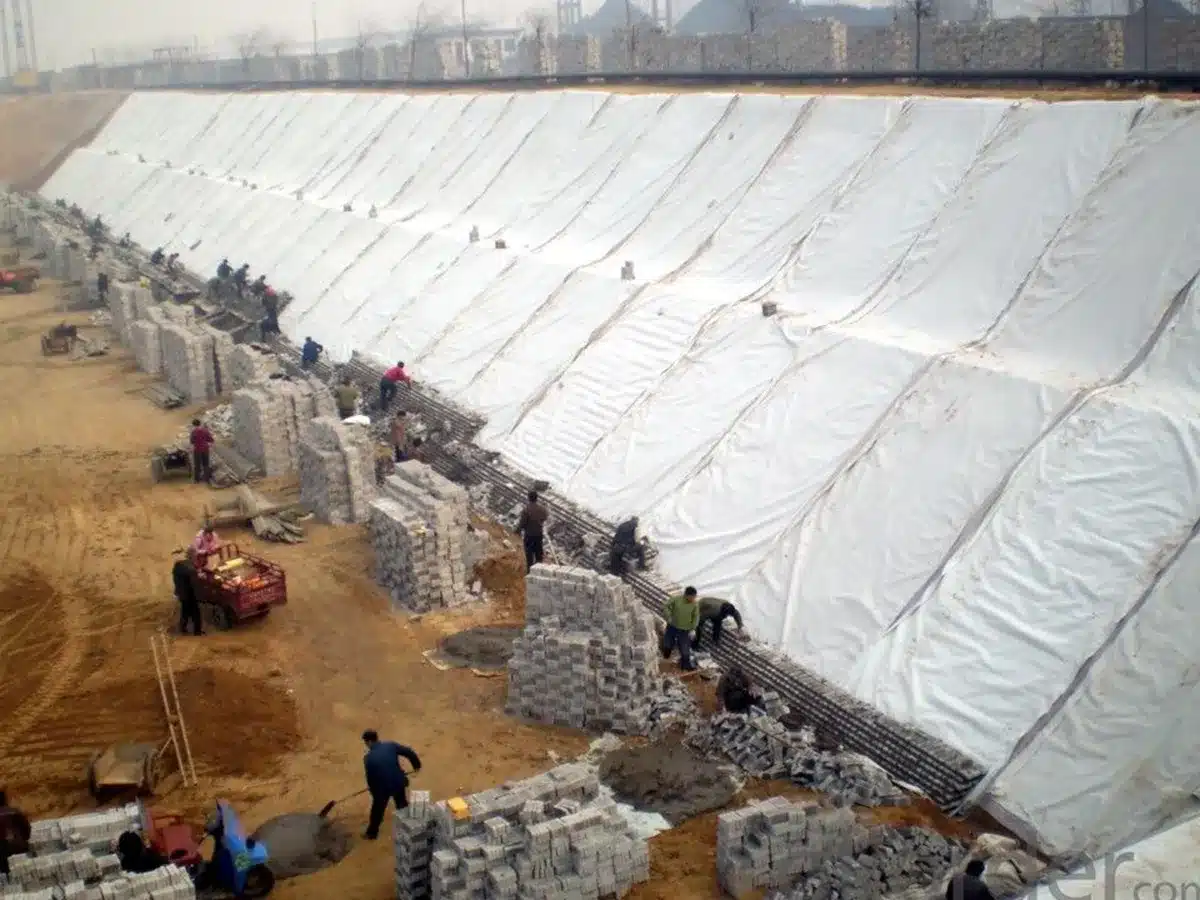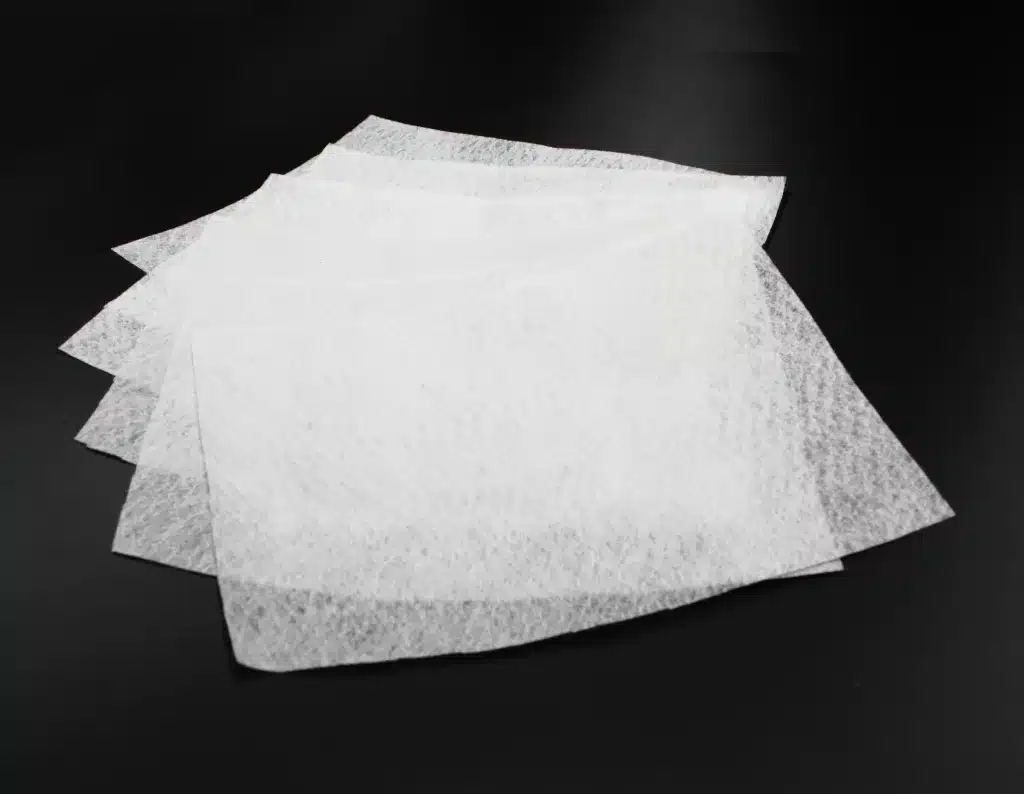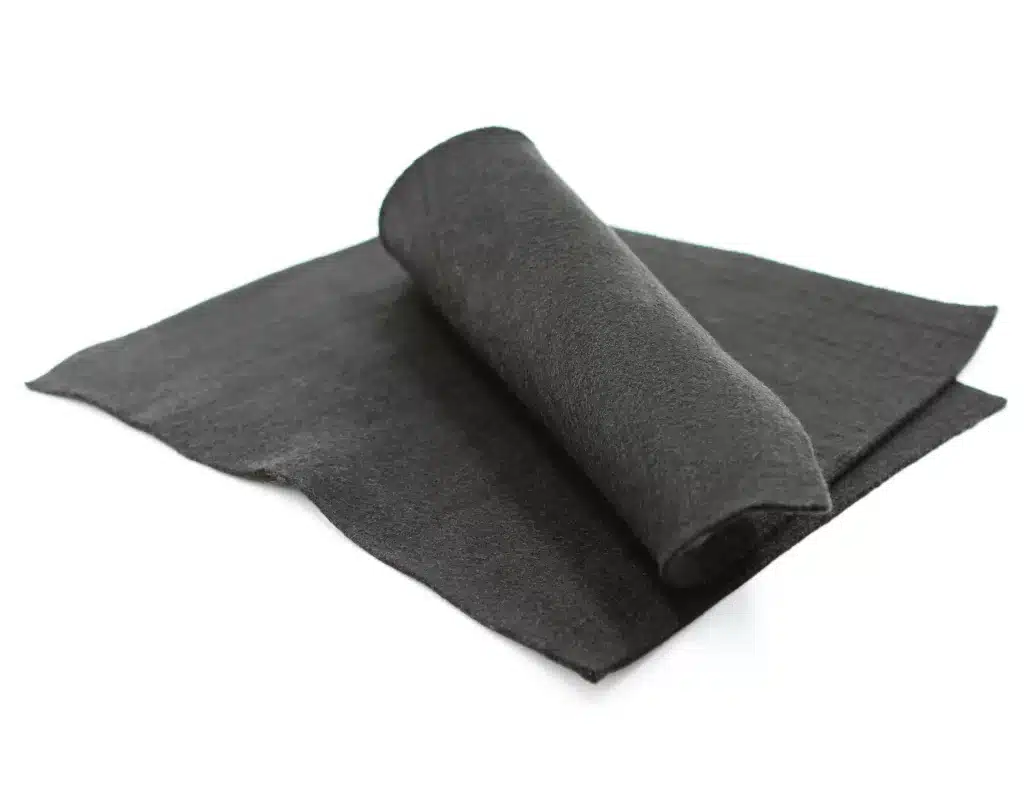+86-159 9860 6917
info@geofantex.com
geofantex@gmail.com
+86-400-8266163-44899
Riprap is essential for protecting, stabilizing, and shielding soil surfaces from erosion in areas of concentrated flow. Typically consisting of rock or other durable materials, riprap is placed over geotextile along graded ditches, channels, and shoreline banks. It serves multiple functions in erosion control, including the construction of retention berms for sediment traps and temporary check dams to safeguard high-velocity culvert inlets.
Purpose and Function of Riprap
Riprap enhances stability in construction sites prone to erosion by increasing surface roughness and reducing runoff velocity. Key application areas include storm pipe and culvert inlets, bridges, slope drains, storm drains, and other zones with concentrated runoff. It effectively protects and stabilizes slopes, channels, shorelines, and stream banks.

Choosing Riprap
In certain scenarios, riprap proves superior to alternative erosion control methods like geo-fabric. Despite its modest aesthetic appeal, riprap stands out as one of the most efficient means to prevent erosion, especially in areas where vegetation struggles against high-velocity flow. Installation and maintenance are straightforward, though costs are higher due to equipment and handling requirements. Riprap lacks some benefits of vegetation-based practices.
Geotextile Fabric Application
For optimal use, geotextile fabric is applied under larger riprap rocks to enhance stability and durability.
Considerations for Implementation
Riprap is ideal where erosion challenges surpass the capabilities of vegetative and mulching practices. It’s particularly suited for shielding channels, ditch banks, lake shorelines, and constructing sediment trap berms and high-velocity check dams. However, its higher cost and removal difficulty post-installation necessitate careful consideration during project planning. Notably, riprap may prove unstable on steep slopes steeper than 2:1.
For slopes exceeding this ratio, alternative erosion protection materials such as turf reinforcement mats, open-cell concrete mats, or slope protection geogrid products should be considered.
In summary, riprap is a robust solution for combating erosion in areas prone to high-velocity flow, offering effective protection and stabilization across various site conditions.



Get Free Sample
We’ll respond as soon as possible(within 12 hours)






















